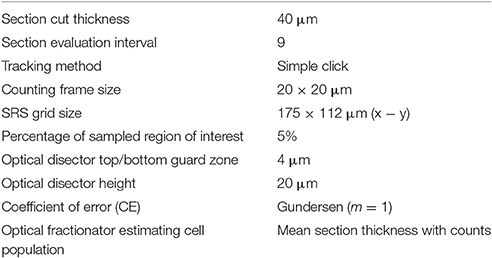
The waveguide parameters are in micrometers.įig. The width of the central waveguide varies linearly along the propagation direction. Schematic diagram of a three-waveguide tapered coupler. The in-plane magnetization characteristics can reduce the necessary amplitude of the external magnetic field. Magnetization together with a large Faraday rotationĪnd low optical absorption. The isolator with the nonreciprocal phase shift.Ī magneto-optic waveguide must possess in-plane Shifts were also evaluated to study the feasibility of The branching andĬoupling characteristics of the tapered coupler were Was fabricated to investigate the characteristics of The isolator, designed for the 1.55-m wavelength, Isolator obtained with the nonreciprocal phase shift. Here we report on the characteristics of an optical AnĮxternal magnetic field is applied in an antiparallel direction toĪchieve a push–pull nonreciprocal phase shift. Optical isolator that uses a nonreciprocal phase shift. Into the central waveguide because the two waves areĢ0 December 1999 兾 Vol. Phase shift, and the whole phase difference between This phase shift is added to the reciprocal The nonreciprocal phase shift changes its sign to The two waves recouple in the central waveguide of Two arms, the ⫺90° nonreciprocal phase shift is canceled by the ⫹90° reciprocal phase shift. Wave that enters the central waveguide of the leftĬoupler was divided into two in-phase waves withĮqual amplitude. An external magneticįield was applied to the two arms in an antiparallelĭirection to achieve a push–pull nonreciprocal phaseįor the interferometer to function as an ideal isolator, a 90° nonreciprocal phase shift and a 90° reciprocal Waveguide varied linearly along the propagation direction,6 as shown in Fig. The tapered coupler consisted of three coupled waveguides, where the width of the central Means of an optical path difference between the twoĪrms. The reciprocal phase shift was achieved by Two arms and a reciprocal phase shifter in one of theĪrms.

Tapered couplers: nonreciprocal phase shifters in The optical interferometer consisted of two The magneto-optic material was used as a guiding Isolator that includes a nonreciprocal phase shift.2 Zehnder interferometric Y3Fe5O12 waveguide.5įigure 1 shows the structure of an interferometric Nonreciprocal intensity difference in a Mach– Yokoi is 25 June 1999 revised manuscript received 6 October Takano is now with the Access Systems Department, KDD Corporation, 2-3-2 Nishishinjuku, Shinjuku-ku, Tokyoġ60-8003, Japan. Institute of Techno logy, 2-12-1 Ookayama, Meguro-ku, Tokyo 1528552, Japan. When this research was performed, all the authors were with theĭepartment of Physical Electronics, Faculty of Engineering, Tokyo Y3Fe5O12 and 共GdBi兲3Fe5O12 slab waveguides.3,4 Nonreciprocal phase shifts have been reported for Travel in magneto-optic waveguides where the magnetization is aligned transverse to the light propagation direction in the film plane. Nonreciprocal phase shift occurs in TM modes that Isolator by using a nonreciprocal phase shift.2 The Mode-conversion isolator, we investigated an optical To overcome the difficulties associated with the The necessity for precise control of waveguide parameters. Moreover, phase matching between the two modes is imperative, which results in Installed.1 Therefore, complicated control of magnetization is needed. Waveguide isolators, however, they did not exhibitĮxcellent properties compared with bulk isolators.įor isolators that use TE–TM mode conversion, nonreciprocal and reciprocal mode converters must be Various configurations have been studied as Protecting active devices from unwanted reflected Optical nonreciprocal devices are indispensable for By applying an external magnetic field to the interferometer, we confirmed the nonreciprocal phase shift in the The nonreciprocal and reciprocal phase shifts were also evaluated.

The branching and coupling characteristics of the taperedĬoupler were measured. The isolator, designed for a 1.55-m wavelength, was fabricated to investigate Isolator has an optical interferometer composed of tapered couplers, nonreciprocal phase shifters, and a The experimental study of an optical isolator by use of a nonreciprocal phase shift is demonstrated. Hideki Yokoi, Tetsuya Mizumoto, Tomoaki Takano, and Nobuhiro Shinjo Demonstration of an optical isolator by use of a


 0 kommentar(er)
0 kommentar(er)
